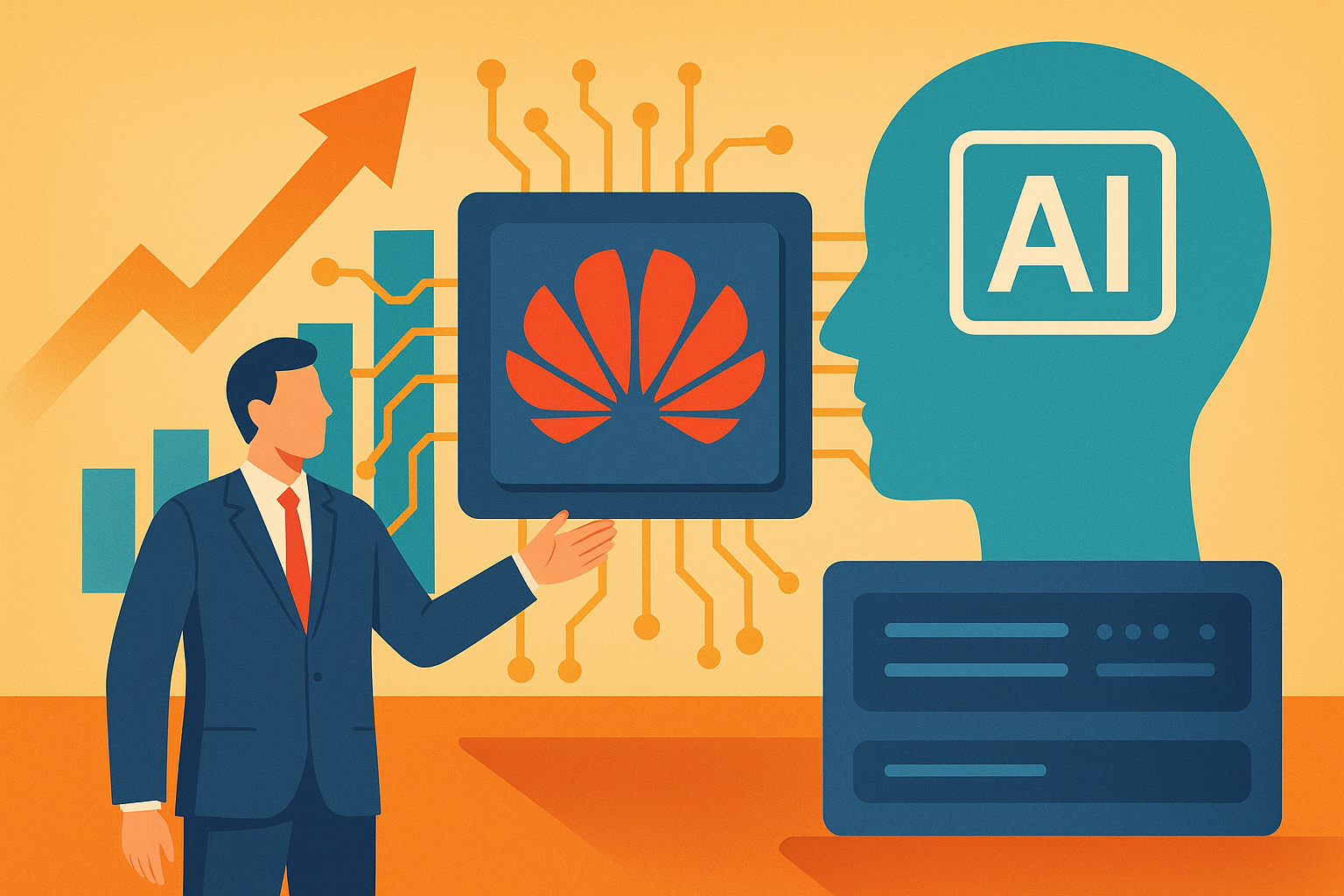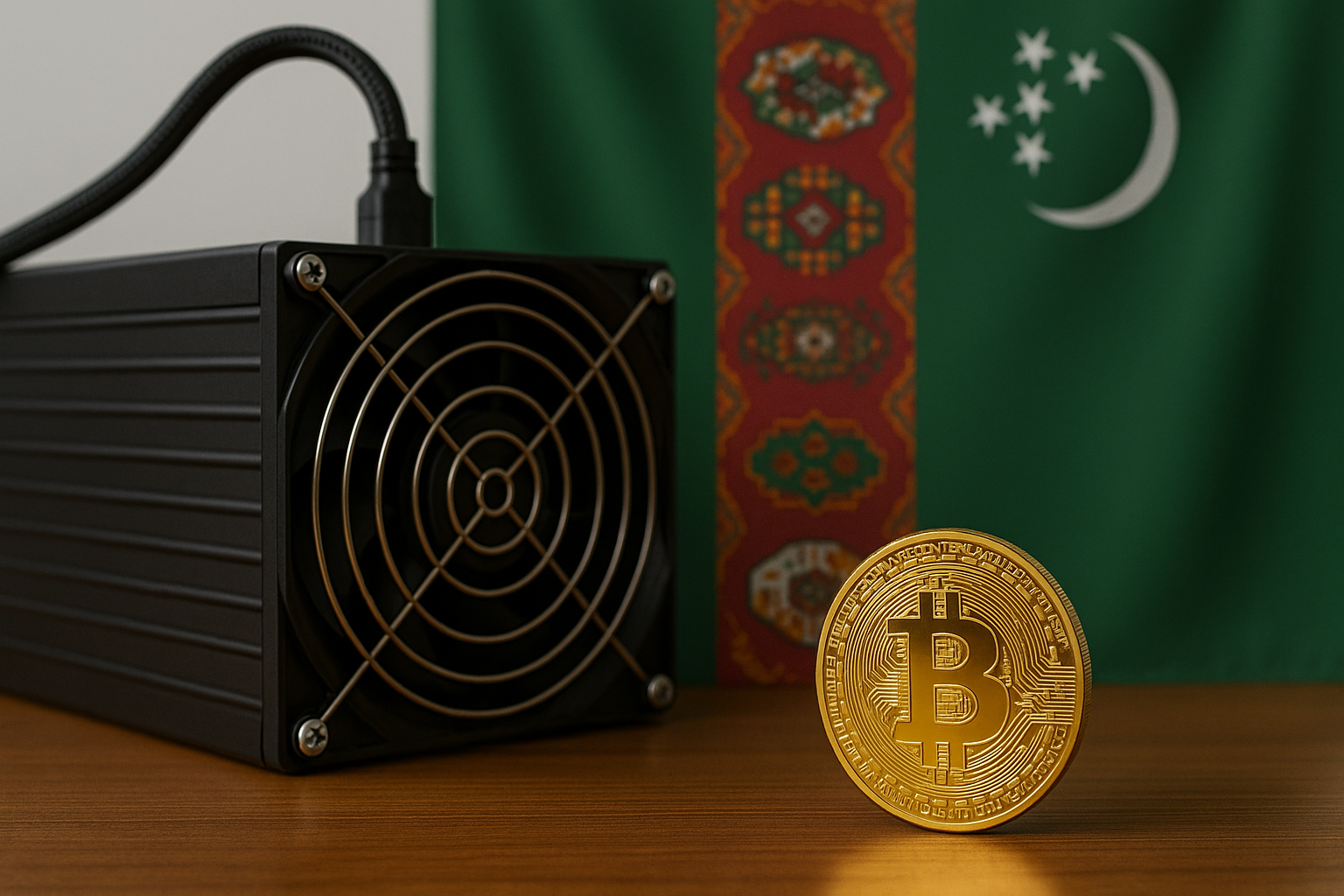The race to dominate artificial intelligence hardware has intensified, with Huawei unveiling a sweeping new roadmap that signals China’s accelerating push toward technological self-reliance. At its Huawei Connect 2025 conference in Shanghai, the company introduced a series of Ascend AI chips (950, 960, 970) and Atlas supernode computing platforms (950, 960)—positioning itself as a direct competitor to U.S. heavyweights like Nvidia. The announcement also included plans for proprietary high-bandwidth memory solutions, a move designed to reduce reliance on external suppliers and further localize China’s semiconductor ecosystem.
Why This Matters for Investors
Huawei’s bold roadmap comes at a pivotal moment in global markets. The AI hardware sector has become one of the most closely watched battlegrounds for investors, with the demand for compute power driving extraordinary growth. According to Bloomberg Intelligence, the AI chip market could expand to over $400 billion by 2030, fueled by surging requirements for training and inference capabilities.
While Nvidia ($NVDA) has dominated the space—its valuation surging past $3 trillion earlier this year—Huawei’s strategic expansion underscores China’s determination to reduce dependency on foreign technology. For investors, this raises critical questions: will Huawei’s advancements erode Nvidia’s market dominance in Asia, and how will trade policies shape competitive dynamics?
Strategic Analysis: Huawei’s Competitive Position
1. The Chips: Ascend 950/960/970
Huawei’s new AI chips are designed to rival Nvidia’s A100 and H100 series, with a focus on energy efficiency and high throughput. Early reports suggest that the Ascend 970 could close much of the performance gap with Nvidia’s flagship hardware, particularly in inference workloads.
2. The Platforms: Atlas 950/960
The company also unveiled Atlas supernodes, designed for large-scale data centers and enterprise deployments. By integrating these platforms with Huawei’s cloud ecosystem, the company aims to create a vertically integrated AI infrastructure—similar to what Amazon has done with AWS but tailored for the Chinese and emerging markets.
3. Memory Independence
Huawei’s ambition to develop its own high-bandwidth memory (HBM) is particularly significant. Currently, companies like SK Hynix, Samsung, and Micron dominate this segment. By localizing memory production, Huawei seeks to reduce exposure to export restrictions, giving it greater supply-chain security.
Future Trends to Watch
- China’s Self-Reliance Drive: Beijing has prioritized semiconductor independence as a national security issue. Investors should expect continued state support for companies like Huawei, which could accelerate innovation and adoption in domestic markets.
- Global Trade & Regulation: U.S. restrictions on chip exports to China have already reshaped supply chains. Any further tightening—or loosening—of these rules could have major implications for global players like Nvidia, AMD, and now Huawei.
- Competition in Emerging Markets: Huawei may find its strongest opportunities outside the U.S. and Europe, particularly in Asia, Africa, and Latin America, where cost-sensitive governments and enterprises are eager for alternatives to U.S.-based tech.
Key Investment Insight
For investors, the real takeaway is that the AI hardware race is broadening beyond Nvidia. While Nvidia remains dominant in cutting-edge GPU technology, Huawei’s roadmap suggests it is positioning itself to capture regional and sovereign-driven demand, particularly in China and developing economies.
Opportunities:
- Companies supplying to Huawei’s ecosystem (local memory, data center, or cooling tech providers) may see accelerated demand.
- Sovereign wealth funds and institutional investors may increasingly back China’s AI champions, boosting valuations in private and public markets.
Risks:
- Heightened geopolitical tensions and potential sanctions could disrupt Huawei’s ability to scale globally.
- The AI investment cycle is at risk of overheating—analysts at Jefferies recently warned of potential “over-investment” in AI infrastructure.
Key Takeaways
Huawei’s unveiling of its AI chip and computing roadmap is not just a product launch—it’s a statement of intent. It underscores China’s ambition to rival U.S. dominance in critical technologies and highlights the shifting sands of global AI competition.
For investors, the message is clear: the AI sector’s growth is undeniable, but the competitive landscape is diversifying. Monitoring Huawei’s progress, Nvidia’s responses, and the evolving regulatory environment will be essential for making informed investment decisions.
Stay ahead of these developments with MoneyNews.Today, your trusted source for global financial insights that matter.





